Adaptive radiations in New World Lupinus
After several years collecting and growing different Lupinus species at the Oxford Botanic Garden in the UK, in 2025 we are opening the Lupin exhibition for the first time. This page provides some additional context to the boards displayed at the Oxford Botanic Garden.
In the UK, the well-known garden lupin is the product of artificial crossing of wild North American species performed by George Russell, a British horticulturist, in the first half of the last century. These showy Russell hybrids with large inflorescences spanning all colours of the rainbow went on to win horticultural prizes and the hearts of UK gardeners.
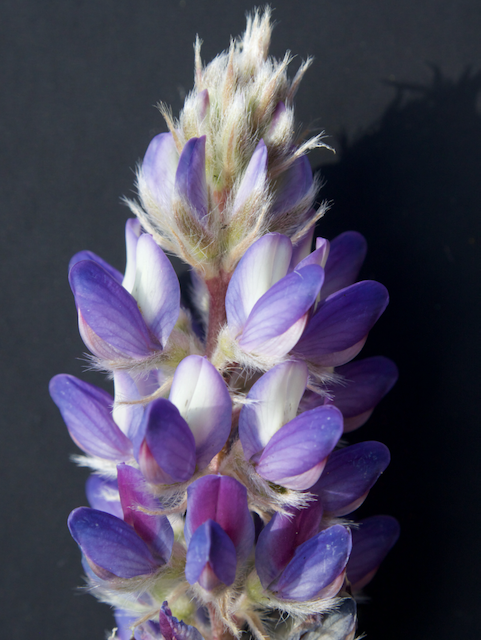

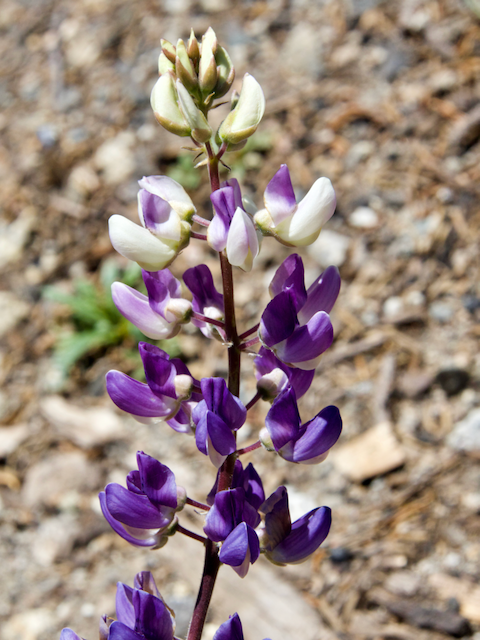

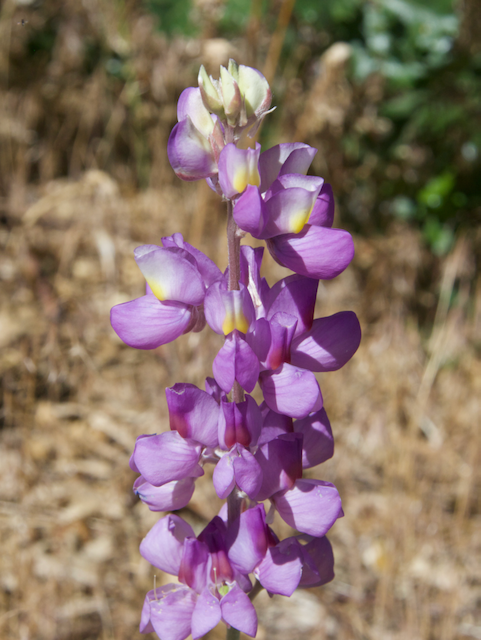
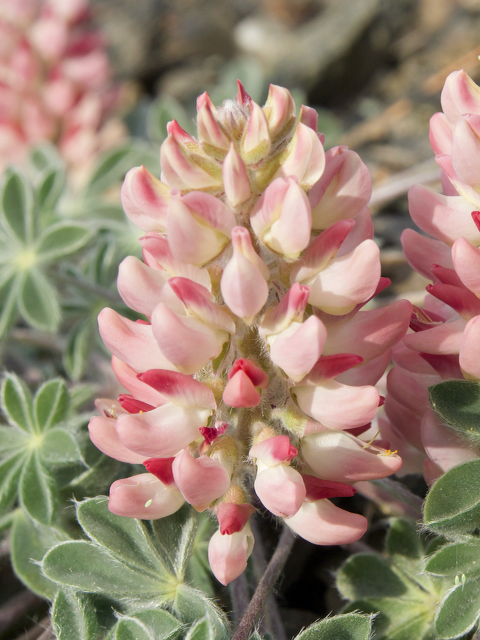
Copyright © Bruno Nevado.
Lupinus is a genus of more than 300 species in the legume family (Leguminosae or Fabaceae), with the vast majority of this diversity concentrated along mountainous regions of the western New World. There, lupins are found from the equator to the Arctic tundra in Alaska, and from sea-level to > 5000 m elevation in the tropical-alpine peaks of the Andes! Wild lupins can be annuals, herbaceous perennials, large woody shrubs, treelets to 6 m height, prostrate mat-forming dwarfs < 5cm tall, and large rosettes with massive inflorescences of more than 500 flowers.
Remarkably, from an evolutionary perspective, these > 200 Lupinus species of the western New World have diversified and adapted across these many different habitats in the New World “in the blink of an eye” emerging over a similar time period as our own species, during the past ~6 Million years. Why are there >200 species of Lupinus, but just 1 human species? Rates of species diversification are highly heterogeneous, with some lineages diversifying much, much faster than others.
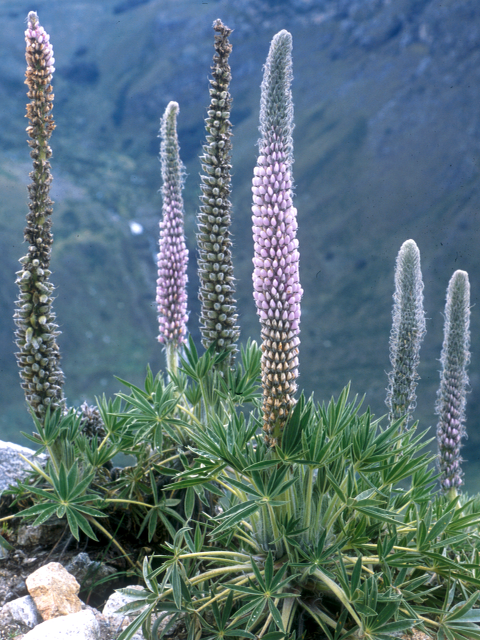
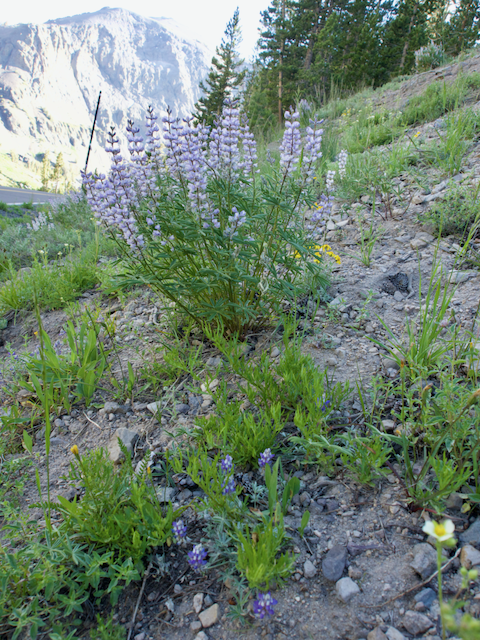
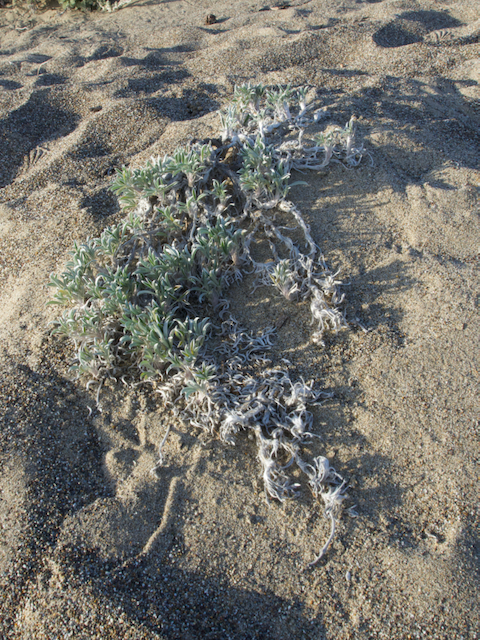
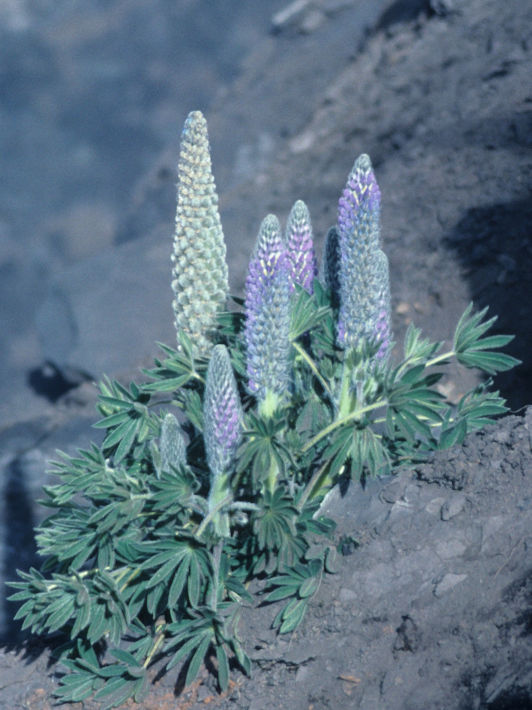


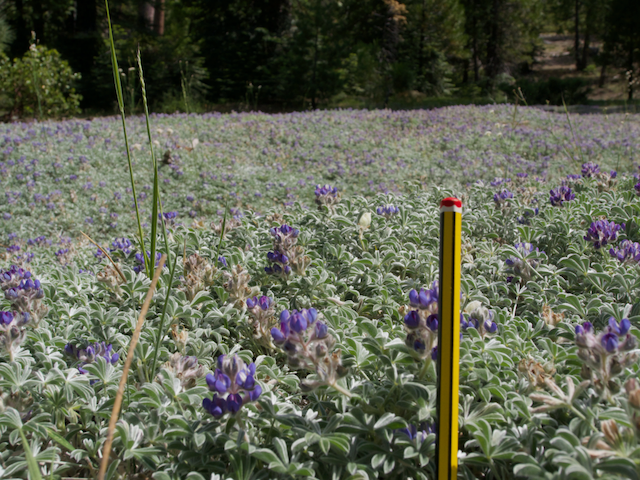
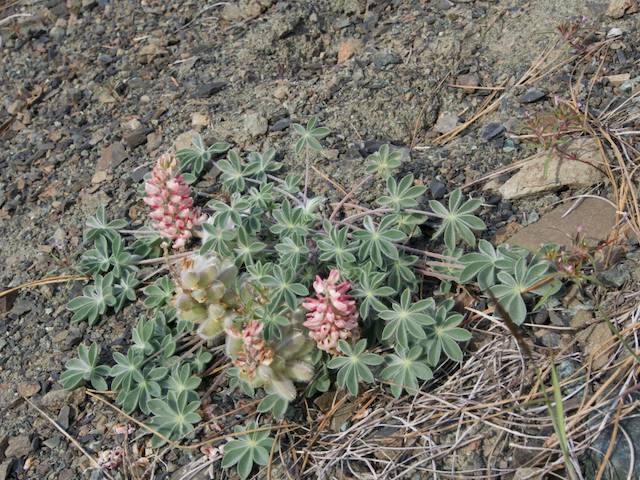
Copyright © Bruno Nevado and Colin Hughes.
The western New World Lupinus are a text-book example of what biologists call adaptive radiations, i.e., extremely rapid diversification of a single lineage into numerous species that show ecological adaptations to different habitats. These adaptive radiations tend to occur on mountain ranges, oceanic island archipelagos, and continental lakes – yet why and how these episodes of hyper-fast species diversification occur, and why they do so in some lineages and not others, are longstanding questions in evolutionary biology, and the focus of active research in our Research Group.
This project is funded by the FCT (DOI:10.54499/PTDC/BIA-EVL/2398/2021).
